- Blog
- About
- Articles
-
Places to visit
- Afife
- Águeda
- Albufeira
- Aljezur
- Almourol
- Alvor
- Amarante
- Arrifana
- Aveiro
- Azenhas do Mar
- Berlenga Grande Island
- Braga
- Caminha
- Cascais
- Castelo Branco
- Coimbra
- Condeixa-a-Nova
- Covilhã
- Douro Valley
- Ericeira
- Espinho
- Évora
- Fátima
- Figueira
- Figueira da Foz
- Funchal, Madeira
- Gondomar
- Guimarães
- Lagoa Comprida
- Lagos
- Leça da Palmeira – Vila do Conde
- Leiria
- Lindoso
- Lisbon
- Loriga
- Manteigas
- Marvão
- Miramar
- Monção
- Monsanto
- Montemor-o-Velho
- Nazaré
- Óbidos
- Peneda-Gerês National Park
- Peniche
- Piódão
- Ponta Delgada, São Miguel Island (Azores)
- Ponte da Barca
- Ponte de Lima
- Portimão
- Porto
- Praia da Costa Nova
- Praia da Ribeira do Cavalo
- Praia da Rocha (Portimão)
- Praia de São Julião
- Rota Vicentina
- Sagres
- Sandomil
- Santa Maria da Feira
- Seia
- Serra da Estrela
- Sesimbra
- Sintra
- Sintra-Cascais Natural Park
- Soajo
- Tomar
- Valença
- Valongo
- Viana do Castelo
- Videos
- Facts
- Press
- Contact
|
I wrote an article covering interesting facts about Porto, so it seemed only fair to give Portugal’s capital some love too. Here are some things you might not know about Lisbon.
Lisbon wasn’t always the capital of Portugal – and according to some, it still isn’t. Supposedly Dom Afonso III left Coimbra, Portugal’s preceding capital, after being drawn to the port and bright lights of Lisbon (just imagine how glitzy that cityscape would have looked in 1255, can you blame him?), but neglected to undertake the associated secretarial formalities. It's said none of the subsequent kings bothered either, and thus there’s no official paper trail documenting the capital crown’s redistribution.
Then before Lisbon and Coimbra, there was Guimarães, which is considered Portugal’s birthplace. (Read more about Guimarães on my 'Places to visit' page.) Guimarães is where Portugal’s first king Afonso Henriques is thought to have been baptised, and nearby, he claimed victory in the landmark Battle of São Mamede, which was essentially an out of control mother-son dispute [read: war] that led to the separation of Portuguese territory from what is now Spanish territory (I touched on how Afonso became king in my post A brief history of Portugal). This was around the time Portugal evolved from the lands of Portus Cale (mentioned in my post Interesting facts about Porto) to become the country we know today. But wait, there’s more. You might remember from my post Portugal and Spain: same same but different? that Rio de Janeiro (yes, as in Brazil, and as in a really long way away from Portugal) was Portugal’s capital for thirteen years, and Angra do Heroísmo in the Azores islands also claimed a brief stint as capital on two occasions (first in the 1580s following a Portuguese-Spanish tussle over the throne and second in the 1830s in a liberal war). In the end however, Lisbon proved itself a decent spot to head up the country – it’s located on the long and wide Tagus River, provides easy access to the Atlantic (and boy did the Portuguese love a good sailing trip), and has many hills, from where potential attackers could be spied. These hills earned Lisbon the nickname the ‘City of Seven Hills’, or Cidade das Sete Colinas. As far as I’m concerned this means you can eat as many rissóis and pastries as you like provided you’re willing to tackle the city on foot. (You’ll only get pickpocketed on the Tram 28 anyway.) On one of these hills is one of the main attractions in Lisbon, the Castelo de São Jorge (Castle of Saint George). I hate to break it to you, but the castle you see today for the most part isn’t original, after it underwent major restoration works in the late 1930s and early 40s during the reign of Salazar (yep, the Harry Potter dude, I mean, dictator, whose regime was overthrown in Lisbon in 1974). Speaking of being unoriginal, you might notice that the guy who appears to be blessing Lisbon's city centre from the southern bank of the Rio Tejo looks rather familiar. That guy would be Christ, and he is in fact a copy of Brazil’s Christ the Redeemer. The Cardinal Patriarch of Lisbon, His Eminence Manuel Gonçalves Cerejeira, took a liking to Rio’s statue when he visited Brazil in 1934, then threw around the idea of erecting a similar structure in Portugal. His concept came to fruition when the Cristo Rei statue was inaugurated in Lisbon in 1959. It was declared a sign of gratitude for the gift of peace, given Portugal’s (predominant) neutrality during WWII. Next to Cristo Rei is another copycat project – a bridge that looks a lot like San Francisco’s Golden Gate. You can read about this in my post Portugal’s bridges: go big or go home. But Lisbon isn’t just a collection of imitations; it’s got some novel aspects too (and happens to be one of the oldest cities in Europe, beating Rome by about four centuries). For instance, Lisbon’s Bertrand bookshop, which opened in 1732, is the oldest operating bookstore in world (I left you hanging on this one in my first post Interesting facts about Portugal. Now you know what it’s called ;-) ). And while we’re on the subject of world records, the city is also in the Guinness book for having the longest Mexican wave, after 8453 people flung their hands in the air in Lisbon in 2007. Definitely something to be proud of. Perhaps on a less-proud note, Lisbon’s Santa Engrácia church received the Guinness gong for having the slowest ever construction of a church. Work started in the 17th century but the final dome wasn’t added until 1966. The Lisbon region has a few UNESCO World Heritage Sites too: the Cultural Landscape of Sintra, the Mosteiro dos Jerónimos and Torre de Belém. You might recognise the name Belém (which is in the outer reaches of Lisbon) as the place where the first pastel de nata (Portuguese tart) was made, called the Pastel de Belém. The original sweets were sold in a small general store next to the Belém sugar cane refinery in the 1830s in line with a recipe from the Monastery of the Hieronymites (or Mosteiro dos Jerónimos, as mentioned above). You can still buy them today. Portugal has found itself on the back foot a few times through history (although it was certainly on the front foot for a while there too). One such occasion was following the Great Lisbon Earthquake. On 1 November 1755, Portugal’s capital was hit by one of the most powerful earthquakes in history (to put this into context with some Australian history, this happened 15 years before James Cook claimed Australia as British territory). In a harrowing twist, the seismic event took place on the All Saints’ Day religious festival when candles were lit across the city, causing the broken metropolis to go up in flames. As if that wasn’t enough, the earthquake triggered a tsunami, which swallowed much of Lisbon’s final remains. Along with a significant portion of the general populous, some of Portugal’s greatest minds lost their lives, and given this all happened around two centuries short of cloud storage, many of the country’s most important documents were lost too. Robbed of people power, history, knowledge and spirit, Lisbon was well and truly KO’d. You can read about an important figure involved in Lisbon’s rebuild in my post Who are they? Famous names on the streets of Portugal. I don’t want to end on a sad remark though (even if Lisbon is the homeland of Portugal’s famously sad music fado). So on a happier note, Lisbon is noted as Europe’s sunniest capital city and is also known as the ‘City of Light’. I heard this again and again when I first moved to Portugal and must admit I was a bit baffled when people said their favourite thing about Lisbon was ‘the light’. However, after watching the undulating jumble of pink, yellow and orange buildings bask in a warm afternoon glow on many occasions, I now understand. And it really is beautiful. To find out more about Lisbon, view my Lisbon city overview and image gallery.
If you know any other interesting facts about Lisbon, please post a comment below.
8 Comments
Emily McAuliffe
15/6/2017 12:46:57 am
Awesome, glad you learnt something! 🙂
Reply
Emily McAuliffe
16/6/2017 11:47:44 am
De nada!
Reply
ricardo cardoso
15/6/2017 12:33:16 pm
your post is a proof I'm a shit portuguese, I didn't know 80% of these facts hahaha
Reply
Emily McAuliffe
16/6/2017 11:49:03 am
Well I'm glad even my locals can learn something, haha ;-)
Reply
9/2/2021 06:53:50 pm
Hi Emily
Reply
Leave a Reply. |
AboutThe Portugal Wire is the blog of Australian travel writer, copywriter and photographer Emily McAuliffe. Previous postsThings you might not know about Portugal A brief history of Portugal Who was the first person to sail around the world? (Hint: he was Portuguese ... and then he wasn't) A quick overview of Portugal's economy 25 April: a shared day in history for Australia and Portugal Portugal's bridges: go big or go home Portugal and Spain: same same but different? Interesting facts about Porto Traditional Portuguese food: what to eat and drink in Portugal Who are they? Famous names on the streets of Portugal Interesting facts about Lisbon Uncovering Porto's secret gardens Lonely Planet Instagram takeover: sharing some of my favourite hidden spots in Portugal In the news... my feature in Portugal's national newspaper Diário de Notícias On board the Presidential train in Portugal's Douro Valley When the lion mauled the eagle (Porto) Kicking design goals: Cristiano Ronaldo & Pestana's CR7 hotels Lovely Lisbon: my top picks of where to eat, drink, visit and stay in Portugal's capital city Porto street art: fighting the good fight The best places to visit in Lisbon: 5 of my favourite neighbourhoods Big waves in Nazaré: my favourite beach town in Portugal Best things to do in Porto Portuguese wine: yes, the wines of Portugal extend far beyond port Portuguese architecture Part I: Manueline style Portuguese architecture Part II: Pombaline style When is the best time to visit Portugal? Food to try in Porto: northern Portuguese cuisine explained Filigree designs: the beauty behind traditional Portuguese jewellery Archive
December 2019
Categories
All
|
THE PORTUGAL WIRE
Emily McAuliffe
www.emilymcauliffe.com
- Blog
- About
- Articles
-
Places to visit
- Afife
- Águeda
- Albufeira
- Aljezur
- Almourol
- Alvor
- Amarante
- Arrifana
- Aveiro
- Azenhas do Mar
- Berlenga Grande Island
- Braga
- Caminha
- Cascais
- Castelo Branco
- Coimbra
- Condeixa-a-Nova
- Covilhã
- Douro Valley
- Ericeira
- Espinho
- Évora
- Fátima
- Figueira
- Figueira da Foz
- Funchal, Madeira
- Gondomar
- Guimarães
- Lagoa Comprida
- Lagos
- Leça da Palmeira – Vila do Conde
- Leiria
- Lindoso
- Lisbon
- Loriga
- Manteigas
- Marvão
- Miramar
- Monção
- Monsanto
- Montemor-o-Velho
- Nazaré
- Óbidos
- Peneda-Gerês National Park
- Peniche
- Piódão
- Ponta Delgada, São Miguel Island (Azores)
- Ponte da Barca
- Ponte de Lima
- Portimão
- Porto
- Praia da Costa Nova
- Praia da Ribeira do Cavalo
- Praia da Rocha (Portimão)
- Praia de São Julião
- Rota Vicentina
- Sagres
- Sandomil
- Santa Maria da Feira
- Seia
- Serra da Estrela
- Sesimbra
- Sintra
- Sintra-Cascais Natural Park
- Soajo
- Tomar
- Valença
- Valongo
- Viana do Castelo
- Videos
- Facts
- Press
- Contact
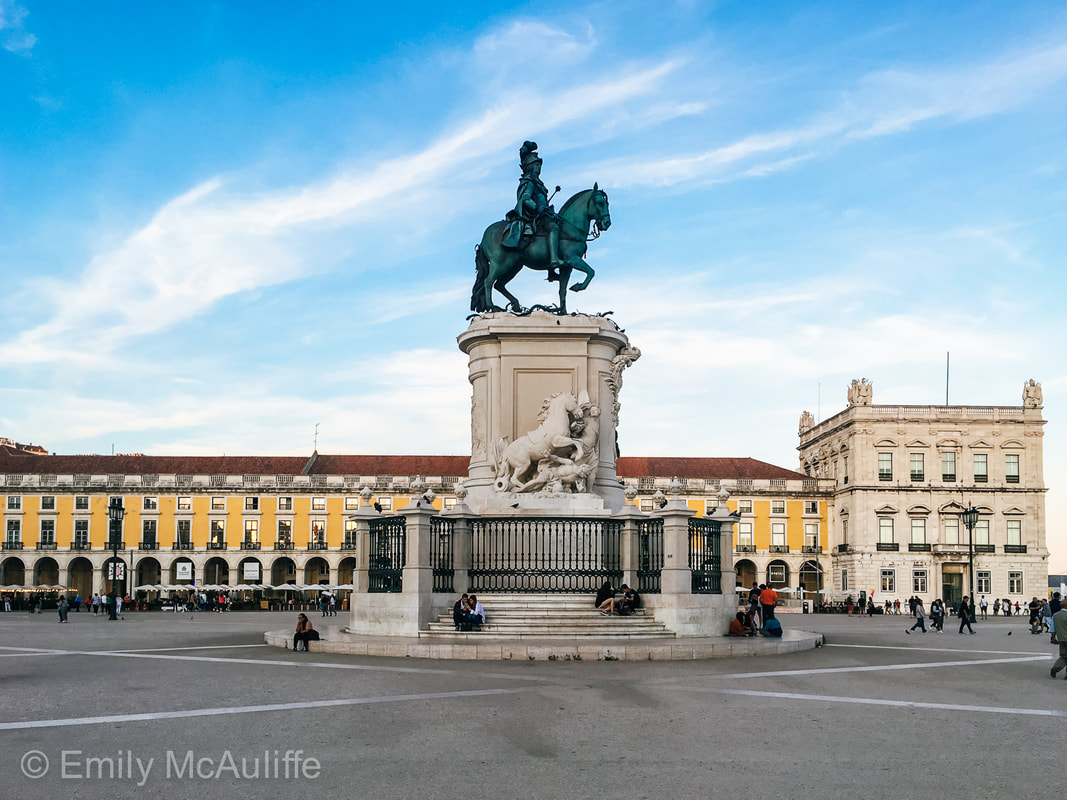
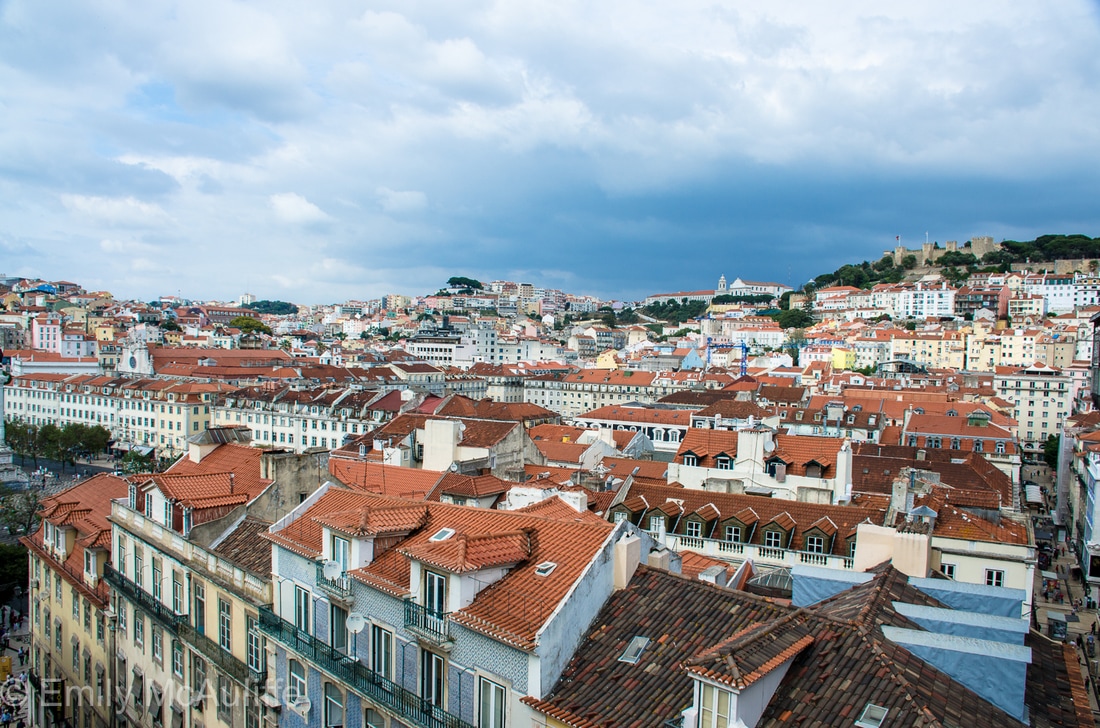
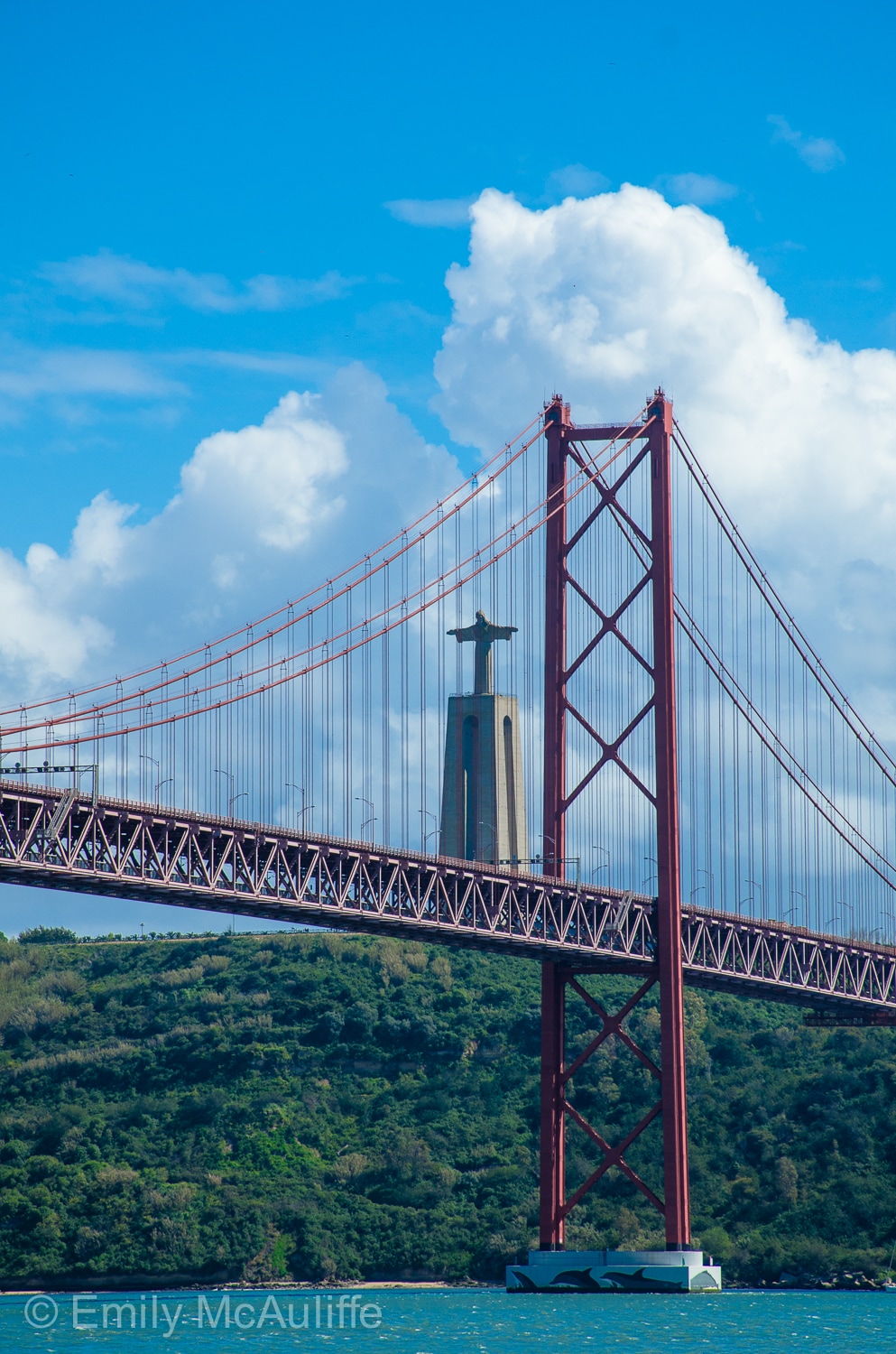
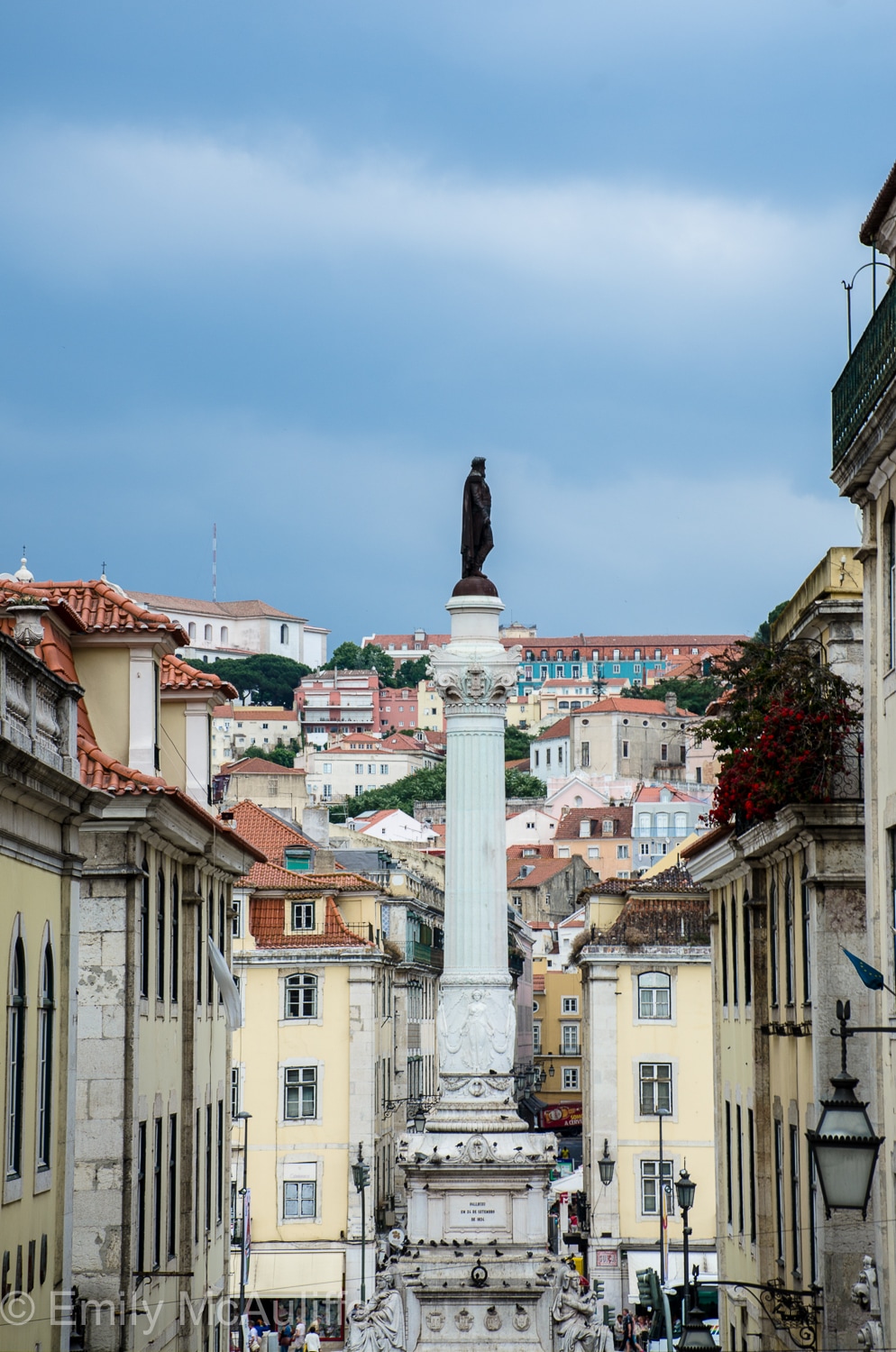
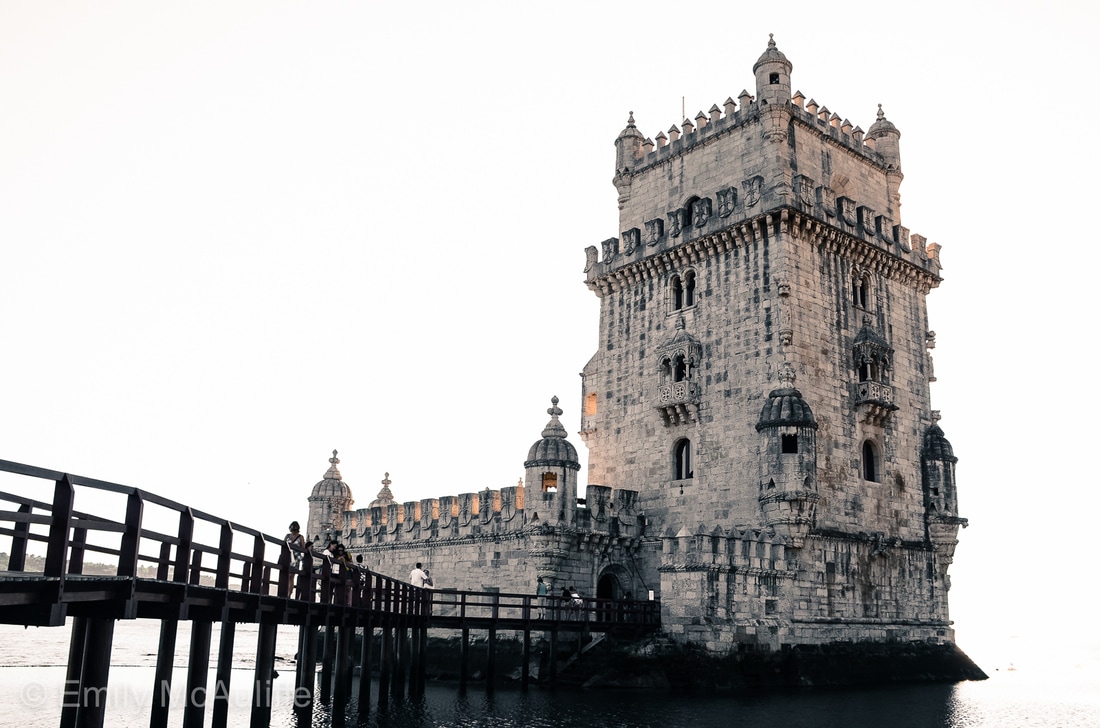
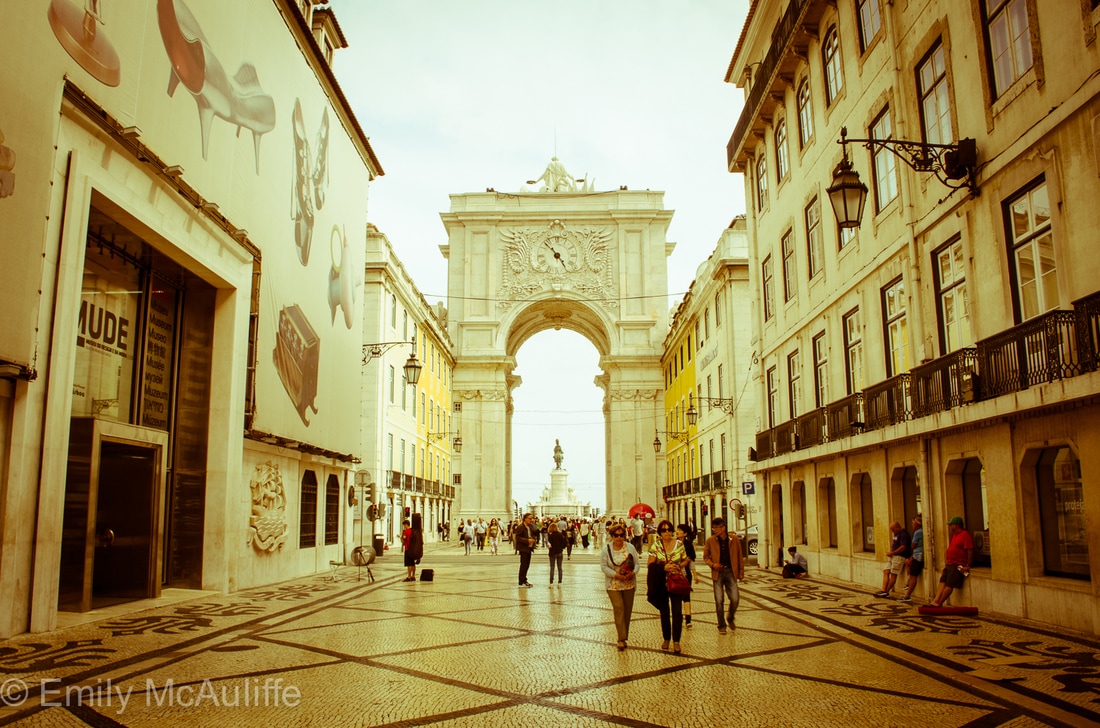


 RSS Feed
RSS Feed